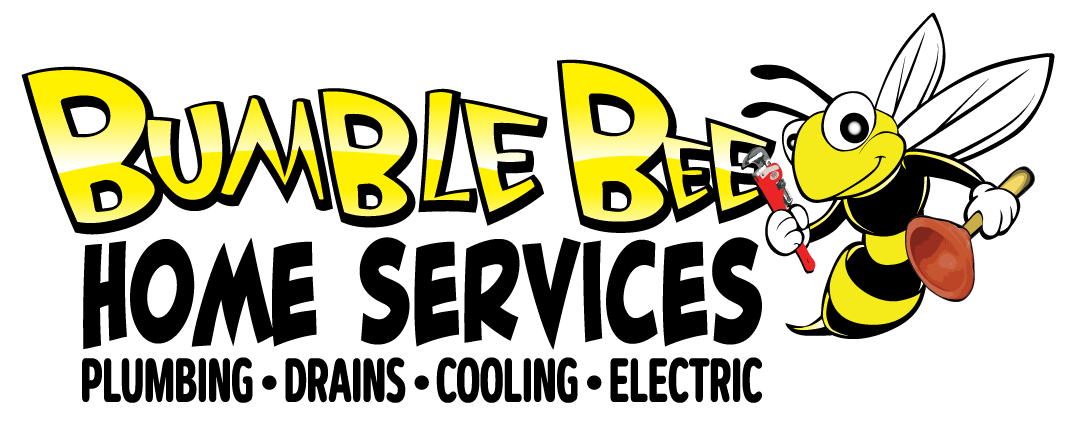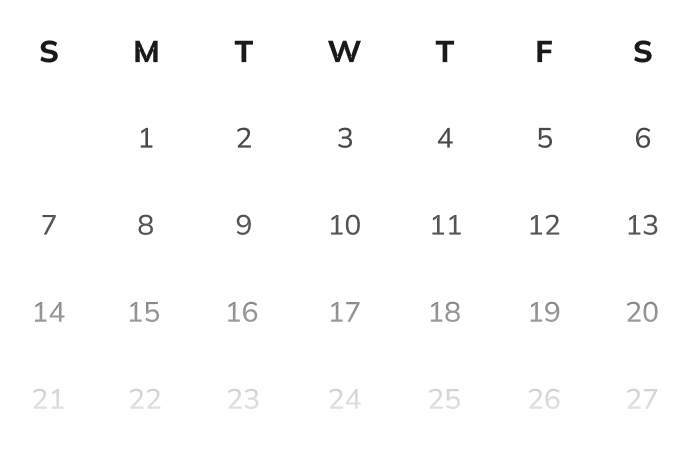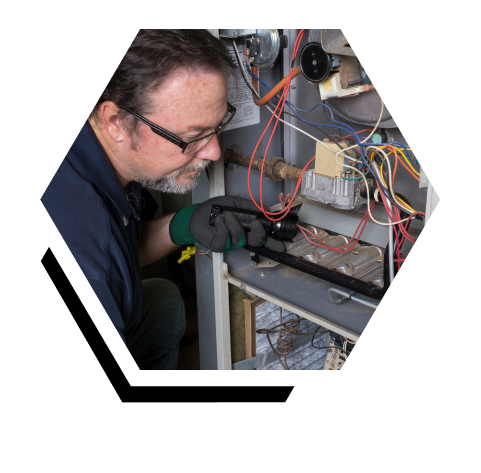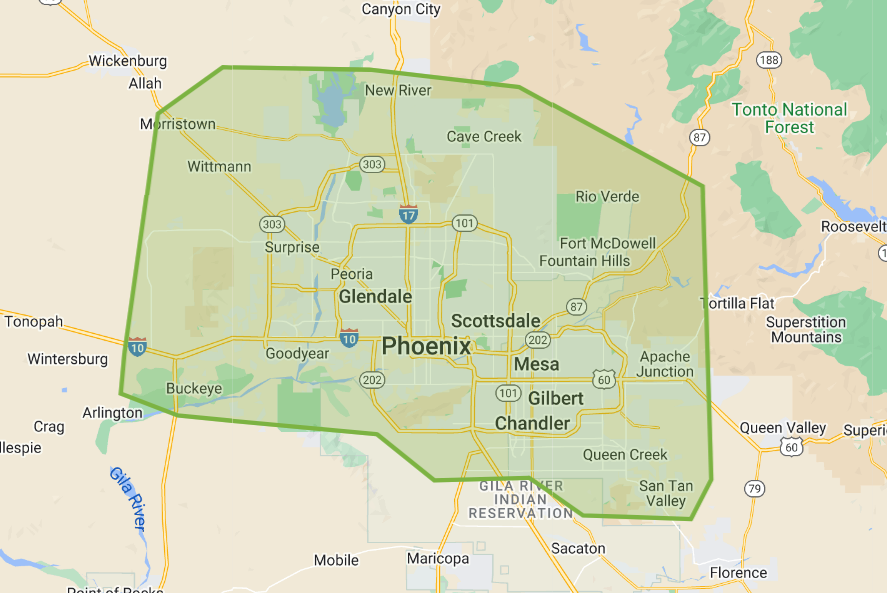Signs You Need Heating Repair
Detecting a heating issue early on can help keep your repair costs down. After all, almost every major heating problem begins as a smaller issue. Signs can include leaks, rust, or excess dust in your home.
Additional warning signs include:
- Unusual noises
- Weak airflow
- Uneven heating
- Higher utility bills
- Frequent cycling
- Thermostat issues
- No heat at all
Emergency Electric Furnace Repair
When it’s in the mid-40s, you don’t have time to wait for your furnace repair. Issues such as having no heat at all necessitate emergency furnace repair. Keep in mind that a fast, professional repair will protect your family’s indoor comfort, and it can extend your system’s longevity as well.
If your furnace develops a severe problem, though, you might require a heating replacement, rather than a repair. Fortunately, our team is always prepared to offer whatever you may need. We have the skills necessary to help you pick out the perfect furnace replacement. This includes ensuring you purchase the right size unit for your home’s square footage. In fact, if your home currently has a furnace that’s too small, it can help explain why your furnace is struggling. It can even cause your current furnace to permanently break down before its expected lifespan is up.
Indicators you need an emergency heating repair include:
- Burning smells
- Tripped circuit breakers
- Short-cycling
- Low airflow
- No heat
- No power to the unit
DIY Furnace Troubleshooting
There are certain safe troubleshooting steps that Glendale homeowners can try before calling for HVAC service. For instance, if you’re not getting any heat, check your thermostat setting first. Is it turned on? Is it on the heat setting? If you say no to either question, make the necessary adjustments. That way, you might be able to save yourself a service call.
We don’t recommend taking on any actual repairs yourself. Doing so is a good way to void your warranty, and you may even get hurt. We understand that handymen and women often believe they can repair anything. However, when it comes to your furnace, you’ll be much better off leaving it to the professionals. You might save yourself time and trouble, though, by checking a few simple things before calling us.
DIY troubleshooting steps include:
- Replacing dirty air filters
- Ensuring the circuit breaker hasn’t tripped
- Confirming that vents are open and unblocked
- Checking that the thermostat is set to heat with the temperature setting higher than the indoor temperature





